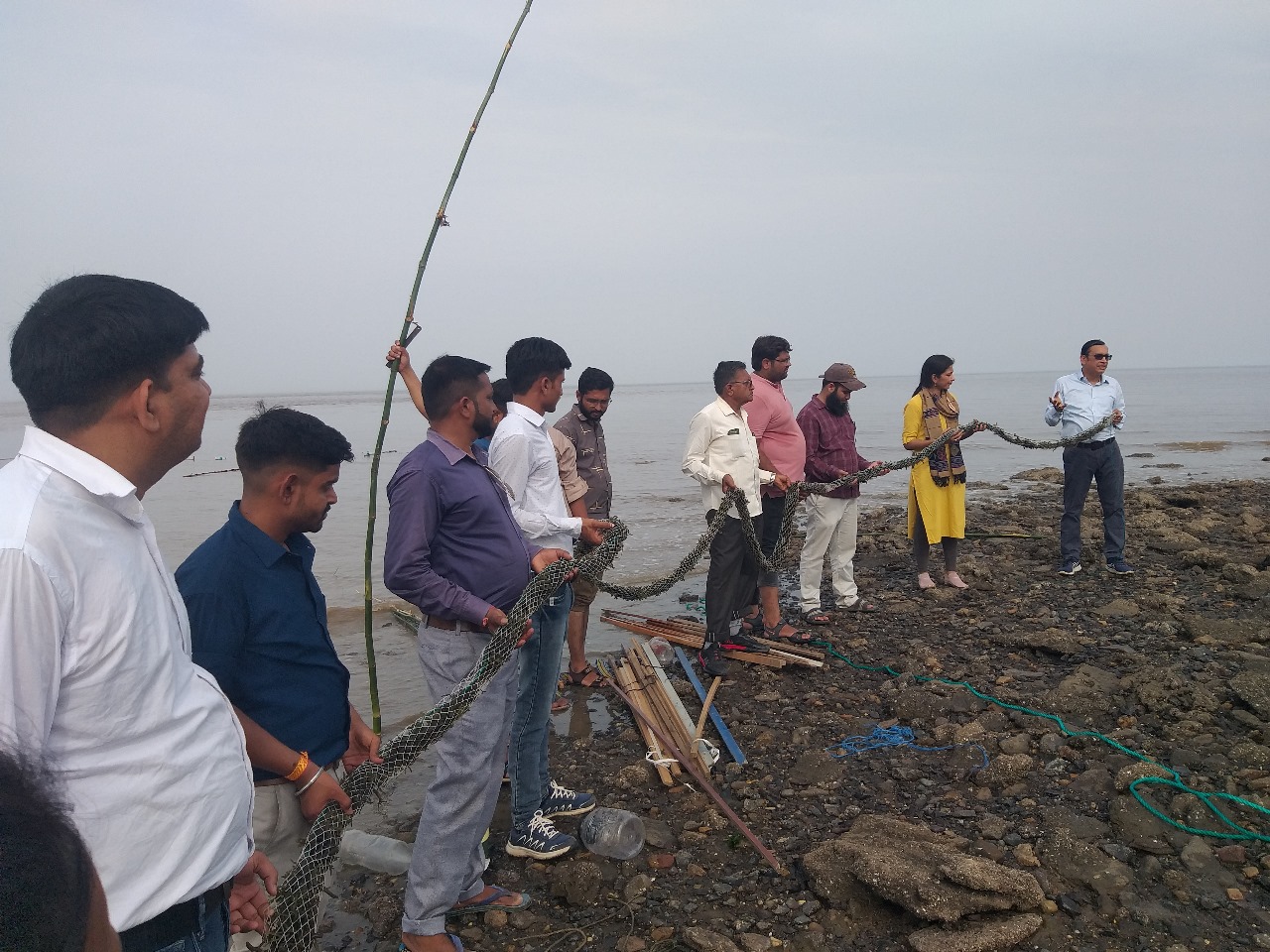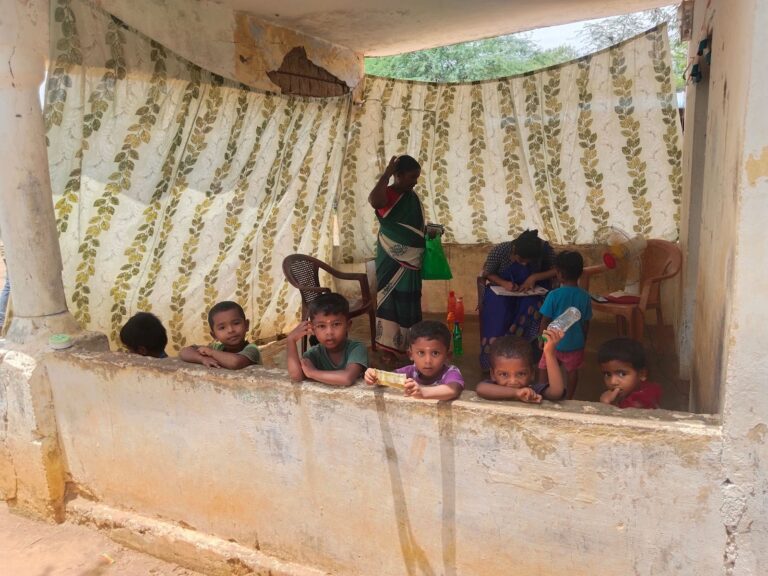In Talaja village in Bhavnagar, Gujarat the primary occupation of most of the people is agriculture. Lying next to the sea, they have the sea water which is of no use for agriculture and their farming practices were also not upgraded according to changing times. They faced a multitude of challenges including water scarcity, disrupted supply chains, limited credit access, and inadequate adoption of agricultural technologies. Farming, the primary occupation of the village households, was proving to be financially unsustainable. Being small and marginal farmers they did not have access to formal credit nor to any innovative methods of agriculture or technology. After enduring years of water crisis, low income, and lack of formal credit, the farmers, looking for alternative sources of income, engaged in cot making for daily wages but were barely able to increase their income.
These problems were identified by our client company. The CEO of the company, who hails from the same area, harbored a genuine desire to make a positive impact on his community. In order to address the challenges faced by the farmers and enhance their income, the company initiated a project that began with the donation of land to Center for Agriculture-Horticulture Development – Manar, which was already existing nearby in the area to use and impart natural farming practices. Once the natural farming practice started, over the course of one or two crops, the farmers witnessed the benefits and started connecting with the centre’s staff. Eager to learn, the farmers received training in natural farming techniques by the center in a systematic manner and were provided with recipes for jeevamrit and beejamrit. Post training, the center also provided them continuous support in the initial phase, when they started practicing natural farming. The positive impact of the project is that after a couple of crop seasons, their income has increased.
Picture 1&2: Showing the condition of horticulture, mixed cropping and manure making
Building upon the foundation, the project expanded its scope by exploring new crops for farming such as aromatic plants and seaweed cultivation. These crops hold substantial market potential thus having additional income opportunities for the farmers. Embracing the benefits of natural farming, after receiving training from experts, the farmers readily adopted these new crops leading to further increase in their income.
Picture 3 & 4: Seaweed cultivation
Further, the project took a multifaceted approach, extending its focus beyond individual farmers to encompass farming households as well. It established connections with women involved in Self-Help Groups (SHGs), forming a mutually beneficial partnership of SHG women with the farmers. The women produced fly catchers, which can be used by the farmers growing fruits and vegetables. The center supported the SHGs by significantly reducing costs of making fly catchers and aiding them in selling them to the farmers.
Next, the project took a significant stride by establishing a Farmers Producers Company (FPC) with farmers involved in natural farming, seaweed cultivation, and aromatic plant farming. The FPC opened new avenues for farmers’ growth, enabling collective access to larger markets and formal credit sources. Today the farmers are experiencing a 30% hike in their income and almost 20% farmers are also involved in seaweed cultivation which is adding extra amount to their income.
Throughout the process, the company collaborated with key stakeholders including the Government of Gujarat, NRCSS, NHRDF, TIFAC, and CSMCRI to drive initiatives in the Center for Agriculture-Horticulture Development – Manar. Their combined efforts encompassed knowledge sharing, capacity building, seed material production, technology assessment, and feasibility studies in the field of horticulture and agriculture.
The act of donating land to the center proved beneficial in two ways. Firstly, it served as a demonstration site, showcasing effective farming practices and secondly, even after the company’s exit, the center could sustain itself financially, ensuring long-term viability.
Several crucial learnings have emerged from the project. Firstly, building trust has been instrumental in the success of the initiative. By investing in learning centers and providing demonstrations of the program’s benefits, the project was able to gain the confidence and support of the community. This trust-building process created a solid foundation for the implementation of the project and fostered a sense of ownership among the stakeholders.
Secondly, the approach of providing solutions gradually and systematically has yielded positive outcomes. By addressing the needs and challenges step by step, the project was able to navigate complexities effectively and ensure sustainable progress. This approach allowed for a targeted and tailored intervention, adapting to the specific circumstances and requirements of the community. Furthermore, the establishment of local institutions and the engagement of women in household activities and entrepreneurship played a vital role in promoting inclusivity and empowering individuals within the community.
Picture 3&4: Activities in SHG in the area
Overall, this project demonstrates the importance of trust-building, incremental solutions, institution-building, women’s empowerment, and collaboration with stakeholders in achieving successful outcomes in similar projects. By applying these learnings, future endeavors can be better equipped to address challenges, foster community participation, and drive impactful change for sustainable development




